Roll center is the underdog of suspension adjustments. If only it got as much attention as camber does, the entire car community would experience fewer instances of handling mods gone wrong.
We’ve seen many enthusiasts spending a lot of time and money on handling modifications, only to be disappointed in the end because they didn’t get the results they expected. This situation can be avoided by paying close attention to the subject of roll center correction and suspension geometry.
Keeping your roll center adjustments in check will give your car maximum stability and traction through corners, for not a lot of money. Doing this will also open up a new world of possibilities.
Ever wondered why Takumi from Initial D could drive fast without spilling a single drop from his dashboard water cup? He had his roll center dialed. We’re exaggerating, but you get the idea.
So if you’re wondering what roll center is, why it’s important, and how you can correct it, buckle up. Because we’re going to answer each of these questions and tell you everything you need to know about suspension roll center.
Understanding Roll Center — Prelude
To understand why roll center is important, and for this article to make sense, it’ll help to:
- Read our suspension geometry guide, and
- Familiarize yourself with some basic concepts of car suspension dynamics.
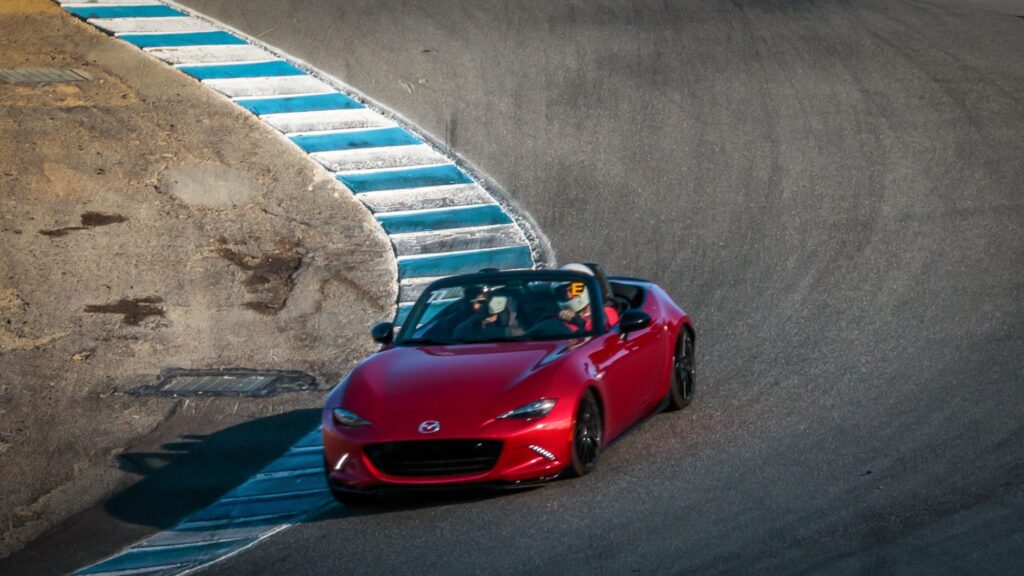
Suspension geometry is a broad subject that covers how the unsprung mass of a car is connected to the sprung mass. And the basics of suspension dynamics (for the purposes of this article) include load transfer and center of gravity.
Most of you are probably already aware of this stuff, but for those who don’t, here’s what you need to know.
Lateral Load Transfer
The terms weight transfer and load transfer are often used interchangeably, but they’re actually quite different.
Weight transfer refers to the minute movement of weight within the car that temporarily alters the center of gravity. Movements such as:
- Sloshing fluids (fuel, engine oil, transmission fluid, coolant, etc.)
- Body roll,
- Tire expansion (this happens when the wheel lifts up as a result of excessive cornering force)
Load transfer, on the other hand, refers to the redistribution of load on all four tires that occurs because of acceleration, deceleration, and cornering forces. It is the cornerstone of suspension dynamics.
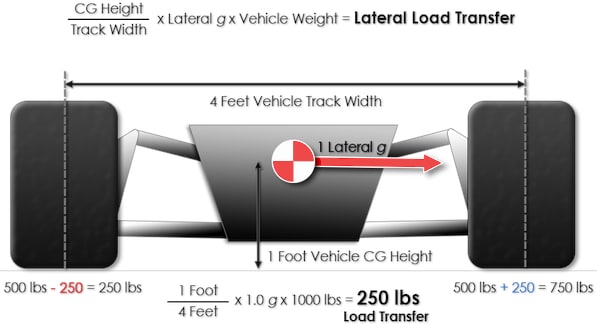
Almost every aspect of your ride and handling depends on load transfer — the more efficient it is, the more evenly all four tires will be loaded, resulting in the best possible lateral grip, braking, and acceleration.
For example, NASCAR teams work their butts off to ensure even load distribution. Because these cars are constantly banked on one side, most of the load remains on the outer wheels while the inner wheels barely have any load on them at all.
Only those cars that have sufficient weight on the inside wheels are able to maintain traction, even tire wear, and consistent speed. Remember that load cannot be created — it can only be transferred. That’s why it needs to be distributed evenly.
The factors that impact load transfer include:
- Rate of change in velocity
- Wheelbase
- Height of center of gravity
Center of Gravity
The center of gravity of a car is the point at which its average mass is summed up. In other words, it’s a balance point upon which the weight of the entire car is evenly distributed.
Here’s an example — if you take a sharp turn in an SUV and then do the same in a sports car, you will experience significantly more body roll in the SUV.

Because SUVs are higher off the ground, they have a higher center of gravity. This means that when you drive around a turn, especially at high speeds, the momentum will cause lateral weight transfer to a degree where it can be felt in the cabin.
A sports car, on the other hand, has a lower center of gravity because the point at which its average mass is located is much lower than the SUV in comparison. As a result, it feels more planted to the ground.
In theory, if you hook a crane to your car at its center of gravity and lift it, the car would stay perfectly horizontal.
TL;DR — higher center of gravity = more load transfer.
Roll Center Explained
Now that you’re familiar with the basics, let’s dive into what (and where) exactly suspension roll centers are. We used the plural because there are in fact two roll centers in every car — one for the front suspension, and one for the rear suspension.
For the sake of simplicity, we’ll explain what a roll center is in the context of front double-wishbone suspension setups. More on rear suspension later.
Roll center is the imaginary pivot point about which your car is going to roll from side to side. To visualize this, look at your car from the front or rear view and picture it rocking from side to side just like it does when going through a corner.
The point about which it rotates from side to side is the roll center. This is, however, an oversimplification.

Consider this diagram. There are virtual lines passing through the upper control arm, the lower control arm, the wheel centerline, and the center of gravity. Let’s label each of these lines:
- U = Upper Control Arm
- L = Lower Control Arm
- W = Wheel Centerline
- C = Center of Gravity (this indicates the vertical line passing through the center of gravity, not the center of gravity itself)
Now, the point where U and L meet is called the instantaneous center — Let’s call that I.
So, I = Instant Center.
You’ll notice that W passes through the wheel centerline and intersects the instant center I. So, the point at which W intersects C is the roll center. Let’s call that R.
Now that you know what the roll center is and where it’s located, let’s dive into what it does, and why you should care.
Roll Moment
In physics, a moment is a turning force around a fixed pivot and it is measured in Newton-Meters. In the context of roll centers and body roll, the roll moment is a measurement that helps you ascertain the amount of lateral (side to side) load transfer on your front and rear axles.
For example, if you put two people on a see-saw — one heavier than the other, the heavier person would outweigh the lighter person, correct?
But what if the heavier person moved closer to the pivot point? The moment force would then stabilize, and the see-saw would stay horizontal. Something similar happens with regards to the relationship between the roll center and the center of gravity.
As we’ve discussed in our suspension geometry article, the vertical distance between the roll center and the center of gravity determines the amount of body roll you’ll experience.
The greater the distance between your roll center and CG, the greater the body roll. That’s why cars with a high CG experience more body roll — because the CG is too far apart from the roll center.
In theory, if your CG and roll center intersect, you’d have no body roll at all. This is a bad idea for two important reasons:
- Your tires wouldn’t be able to handle the load, which means loss of traction,
- The car won’t communicate with you when it’s close to its limit, so you’d have a false perception of how much (or how little) traction you have.
Measuring the roll moment of your car can help to predict the exact amount of lateral load transfer. Based on the data collected, spring rates can be altered, sway bar settings can be dialed, and suspension geometry figures can be altered to give you the result you’re after.
High Roll Center vs Low Roll Center — What’s Better?
There’s no definitive answer to this question. It really depends on the car, the track, and the driver’s preferences. There’s a lot more to roll centers than just reducing body roll — it has more to do with load transfer. Think of it as a tool that you can use to make your car handle the way you want it to.
For example, a higher roll center will make your car feel stiffer — this can be a good thing on a track with tight turns but it’s a bad thing for an off-road vehicle. Similarly, a lower roll center will make your suspension softer — something you want on long, flowy tracks because with optimal load transfer comes good traction.
This brings us to the next point.
The Relationship Between Front and Rear Roll Center
Both your front and rear suspension systems have their own individual roll center points which need to be altered differently depending on what results you want, and what type of car you drive.
The configuration would be different depending on whether your vehicle is FWD, RWD, or AWD; where the engine is placed, how high or low its center of gravity is, how much aerodynamic downforce it generates, etc.
Most racecar engineers would recommend against having the rear roll center lower than the front, but there’s a lot of debate around that.
There’s no hard and fast rule about how steep or flat the front-rear roll center gradient should be. It’s really up to you and what you want your car to do.
This is the reason why many race cars have multiple suspension mounting points so that they can keep altering the geometry as needed.
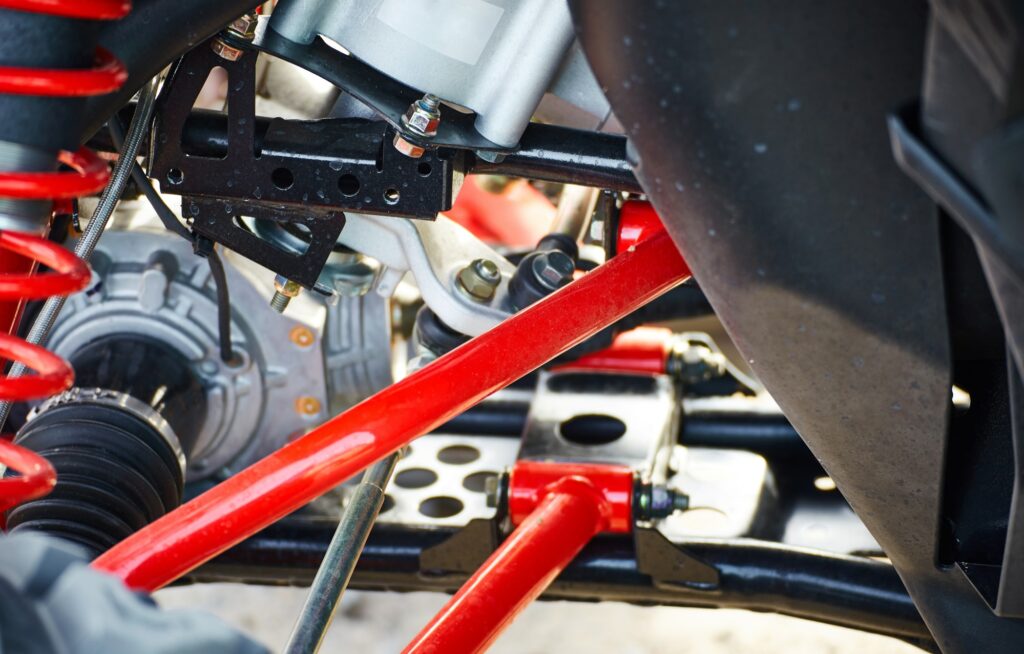
Front Roll Center
Altering your front roll center has the most effect during on-throttle steering when at the apex of a corner and at the exit.
Lower:
- Reduced responsiveness
- More body roll
- Increased load transfer
- Better on long, flowy tracks with long corners
Higher:
- Increased responsiveness
- Less body roll
- Better for high grip conditions to avoid traction rolling
- Better for tight tracks
Rear Roll Center
Rear roll center adjustment affects on and off throttle situations during corner entry, mid-corner, and the exit.
Lower:
- Better on-throttle grip
- Reduced grip when braking
- Better during low-traction conditions
Higher:
- Increased responsiveness
- Better for high grip conditions to avoid traction rolling
- Better for tight tracks

How Roll Center Adjustments Change According to Suspension Type
One of the reasons why complex subjects like roll center and suspension geometry can fill an entire book is because most of the rules change according to the type of suspension system they’re being applied to.
Adjustments that work on a double-wishbone style suspension won’t work on MacPherson struts. Things get even more complicated if you have a combination of two different types of suspension — multi-link + double wishbone, MacPherson strut + double-wishbone are two examples.
Let’s look at the basic differences between double wishbone and MacPherson strut-style suspension systems with regard to roll center.
MacPherson Strut
Because you don’t have an upper control arm with a ball joint, the steering axis in the MacPherson strut suspension is determined by the line that passes through the upper strut mounting point and the ball joint on the lower control arm.
Unlike the double-wishbone suspension where you measure the roll center by drawing lines across the upper and lower control arms, the same is done on the MacPherson strut suspension by drawing one line perpendicular to the mounting point on the top strut and the other line passes through the lower control arm.
Roll center correction is done by changing the lower control arm. Unfortunately, you can’t change the position of the top strut because it is fixed. You can replace it but doing that will cause a change in your steering angles.
Another downside of the strut is that you can’t gain enough camber the same way you do in a double-wishbone suspension. There’s a limit to how much you can play around and change the angles. That’s one of the reasons this type of suspension is commonly seen on economy cars and not on race cars or sports cars.
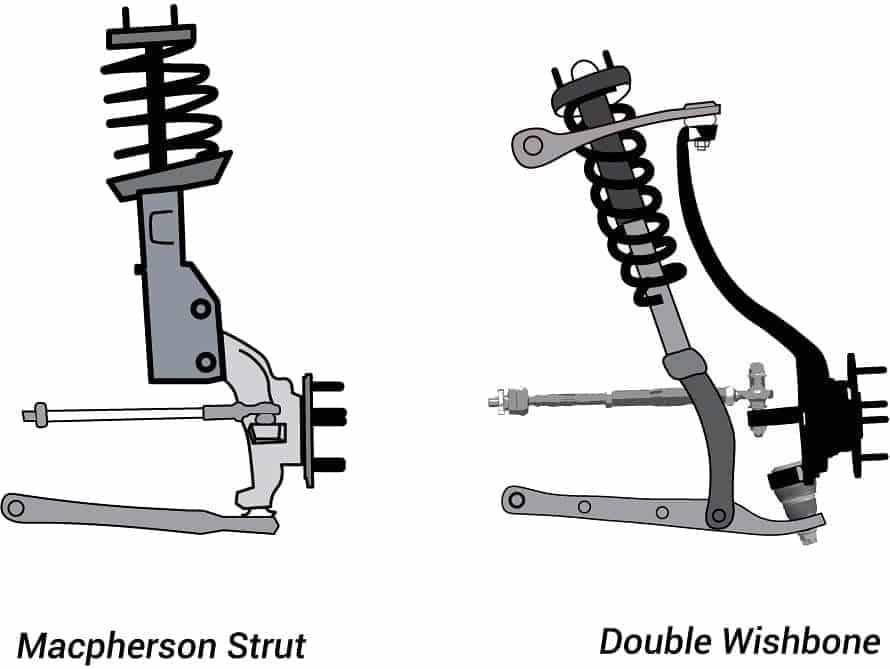
Double Wishbone
The double-wishbone suspension has two control arms — upper and lower. One of the key characteristics of this suspension style is that the upper arms are always shorter than the lower arms to make room for camber gains. This is something that the MacPherson style lacks.
The double-wishbone suspension provides more free reign when it comes to making roll center and camber adjustments.
Why It Is Important to Understand Roll Center
The idea behind understanding roll center and suspension geometry, in general, is to:
- Make optimal use of your handling upgrades
- Unlock the true potential of your car’s handling
- Avoid unwanted handling characteristics that make your car unsafe or unpleasant to drive
- Get faster lap times
Being fully aware of how these modifications will impact your suspension geometry will help you take the right precautions and do things in the right order.
Be sure to check with an experienced technician about getting your roll center corrected if you’ve made any of the following modifications.
Lowering Your Car
When you lower your ride height without correcting your roll center, it changes the angle of your lower control arms, and it changes your instantaneous center point, causing your roll center to drop below the center of gravity.
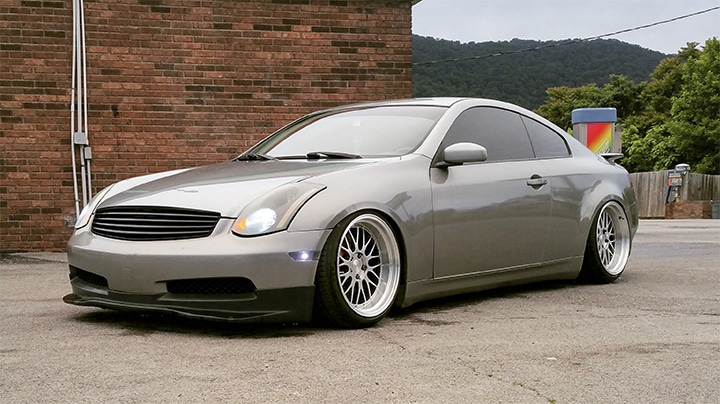
Most enthusiasts who lower their cars feel the need to get stiffer springs to mitigate the unwanted body roll. However, simply installing stiffer springs won’t help because that way you’re going to reduce the grip of your tires by surpassing the slip angle considering the large amount of load transfer they’ll be subjected to.
In other words, you’ll be robbing your suspension system of its ability to assist with maximizing grip, and you’ll be forcing your tires to do all the work.
With that in mind, roll center correction is a must if you’re lowering your car. To make things even better, get a pair of sway bars — these things work with your tires to get the maximum amount of grip as they help to evenly distribute traction across both the inside tire and the outside tire.
Swapping Your Engine
Your engine is the heaviest part of your car. If you stick a different engine under your hood, it’s going to change the way the weight in your car is distributed.
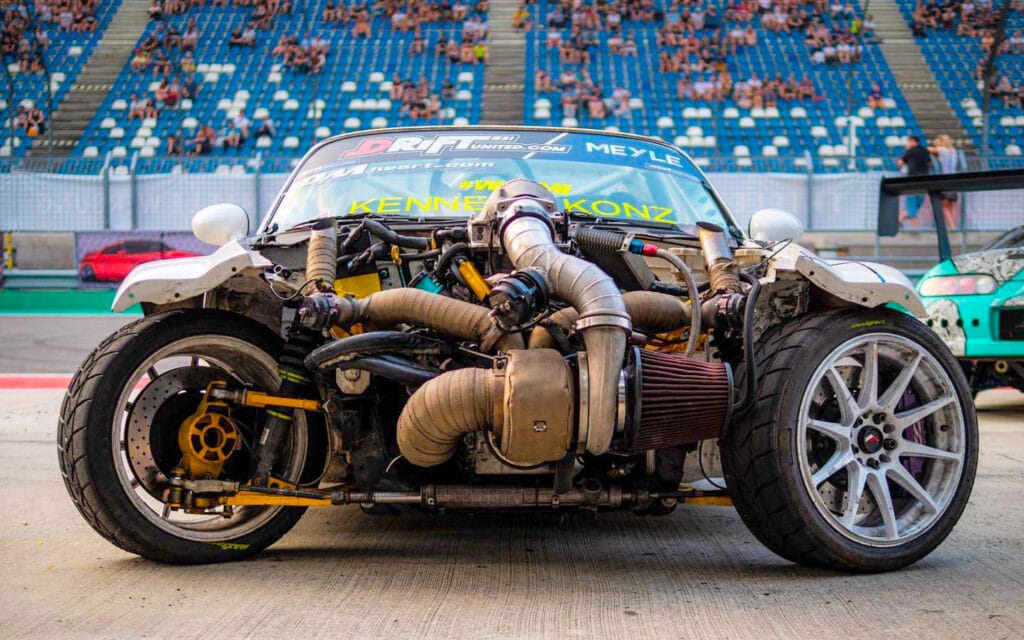
For example, if drop an LSX V8 into your Miata, it’s going to make a significant difference in its overall weight distribution. Doing this will put excess weight on the front, upper, and lower control arms, causing the roll center to drop further away from the center of gravity.
Things like these need to be considered when you’re moving large amounts of weight around in your car.
Changing Camber
Increasing or decreasing your wheel camber will change the length of your control arms and also the angle, as a result. This will happen even if you have a roll center correction kit built into the knuckle.
So if you’re changing your camber after having a roll center correction kit installed, don’t forget to re-tweak it.
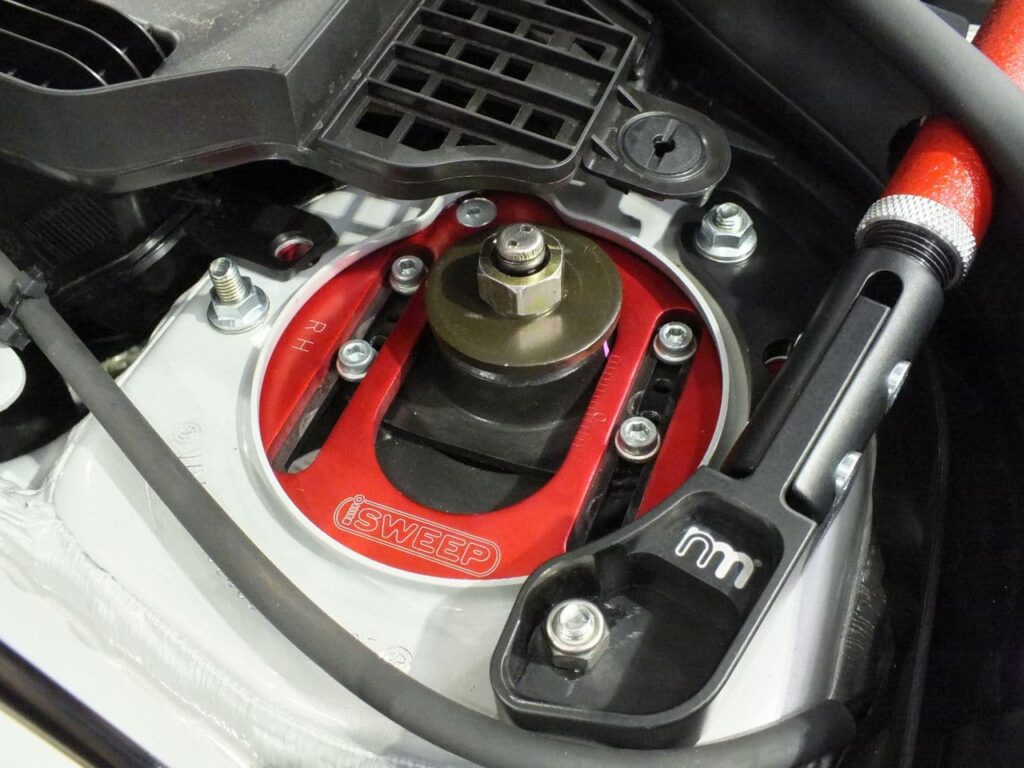
Weight Reduction
Swapping out your factory seats for a pair of featherweight Corbeaus, getting rid of your air con, and swapping front end body panels to carbon fiber all sounds great from a weight reduction standpoint.
When you do this, do consider the effect it has on your center of gravity, even though it may be insignificant.
Correcting Suspension Roll Center
Just like how you can alter roll stiffness at either end of your car with the help of sway bars, you can get a similar effect by adjusting your front and rear roll centers.
By doing this, you can increase or decrease the lateral load transfer rate, and traction as a result.
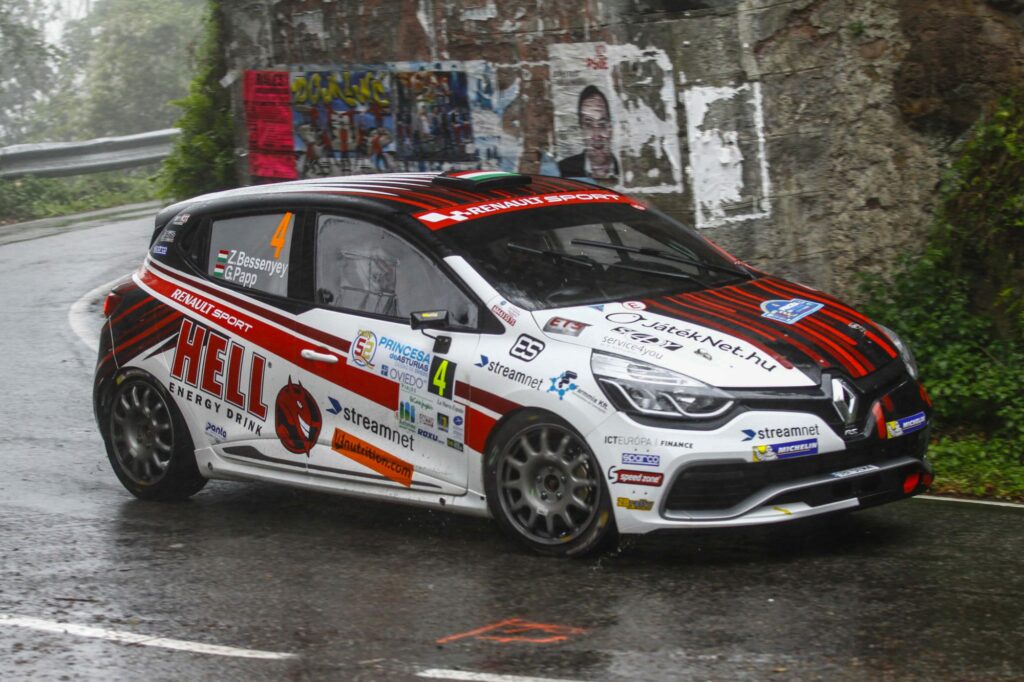
For example, understeer can be fixed by lowering the front roll center or increasing the rear roll center. Likewise, oversteer can be fixed by raising the front roll center and lowering the rear roll center.
For front-wheel-drive cars, the front roll center is usually lower than the rear. And for rear-wheel-drive cars, the rear roll center is usually lower. The idea is to provide maximum grip to the driven wheels. All-wheel-drive cars tend to have similar roll centers upfront and in the rear.
With all this in mind, there are a few good techniques you can use to adjust your front and rear roll center positions.
You can:
- Use ball joint spacers to change the angle of your control arms
- Drill / fabricate more mounting points for your control arms
- Use a drop-knuckle or a roll center correction kit
Remember that any alteration in the length of your control arms will cause a significant change in your overall suspension geometry. Make the upper arm too short and it will result in a lot of unwanted camber gain when cornering.
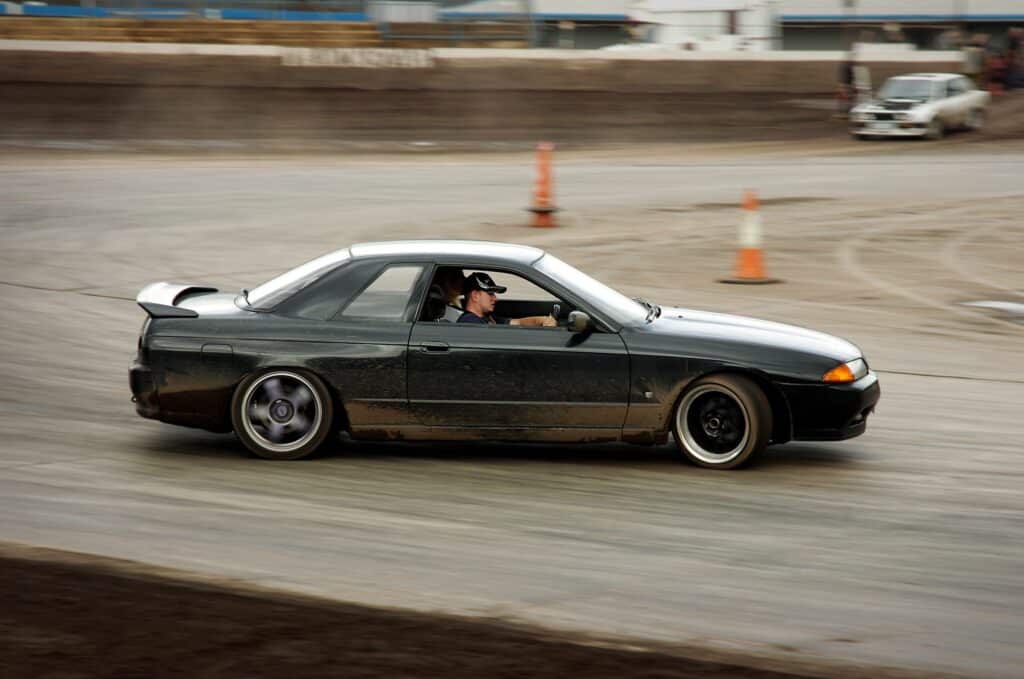
The goal is for the wheel to move up and down without changing toe angle and causing bump steer.
We recommend lowering your outer ball joint location with an aftermarket roll center correction kit. This raises your roll center and maintains the lower center of mass that you got when lowering your car.
In Conclusion
No matter what handling changes you make, they will cause a ripple effect and affect other aspects of your suspension geometry. It takes a lot of testing and experimentation to achieve the optimal geometry.
And take that with a grain of salt because there are no “perfect geometry” or “perfect roll center” settings out there.
Do your homework, speak to track-day enthusiasts, and get in touch with an experienced technician or garage that can fine-tune your suspension with your specific set of requirements and installed upgrades in mind.
What do you think about the whole front roll center height vs rear roll center height debate? Is there anything you’d like to add to help our readers out? Drop a comment below!


1 comment
I think the whole role center thing is nonsense. It’s better to think of a arm angles like anti-dive anti-squat. As soon as you get any body roll your lines would change dramatically. Most cars have theoretical roll center for very small g input. As soon as you start aggressive driving they soft spring push the angles to the reverse. A very good article but plotting out your suspension at full body roll would be the only way to get useful info. Basically the roll center is not a point. As your body rolls it would turn into a curve. As you either brake or accelerate while turning it would turn into an area. Thanks for explaining the front to rear relationship as it is hard to find information on that. Especially since involves thinking about accelerating and braking.